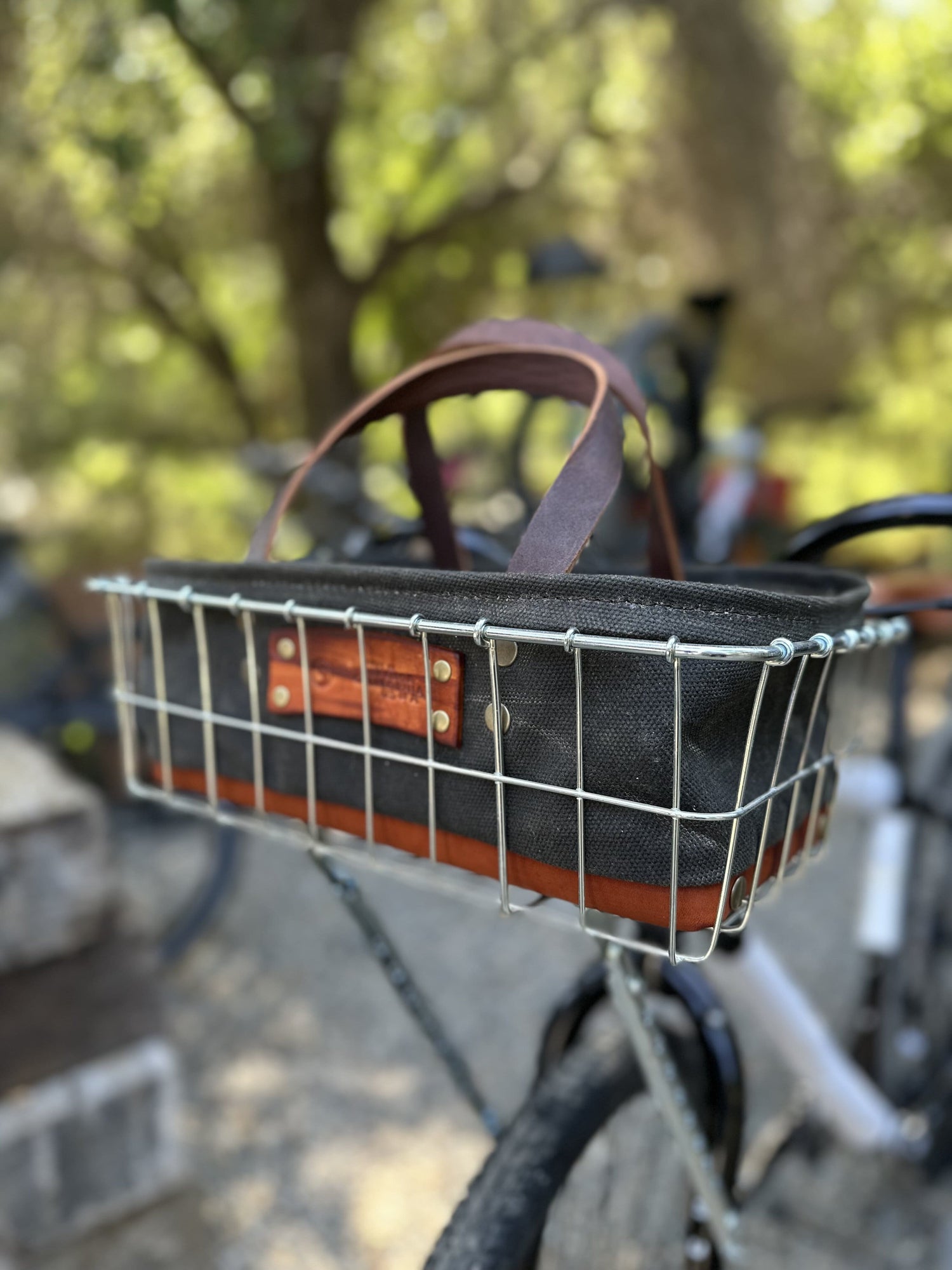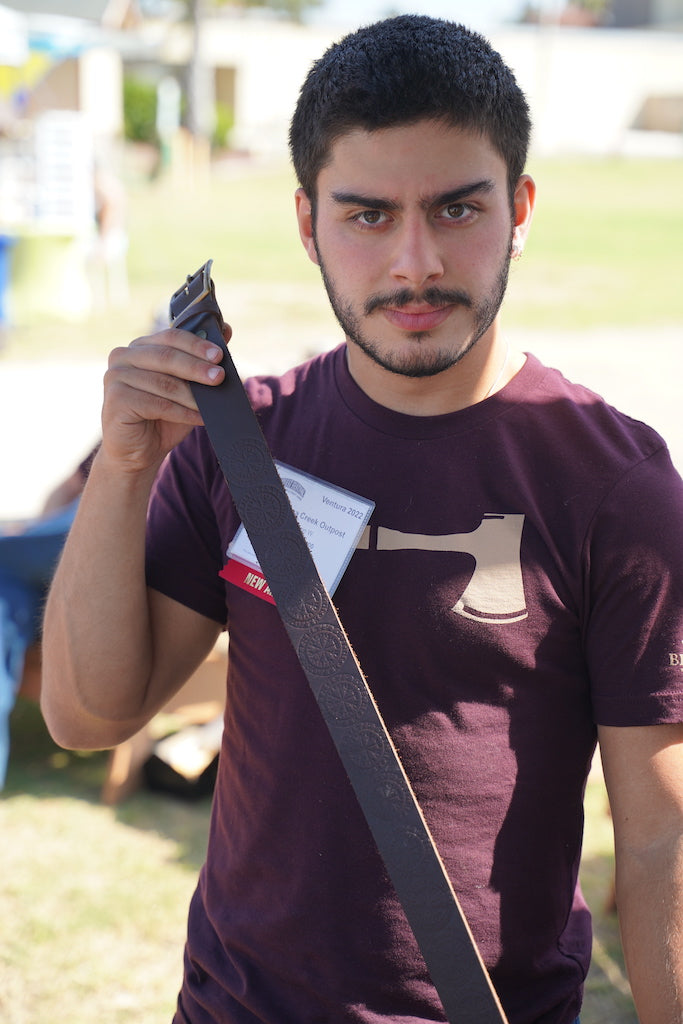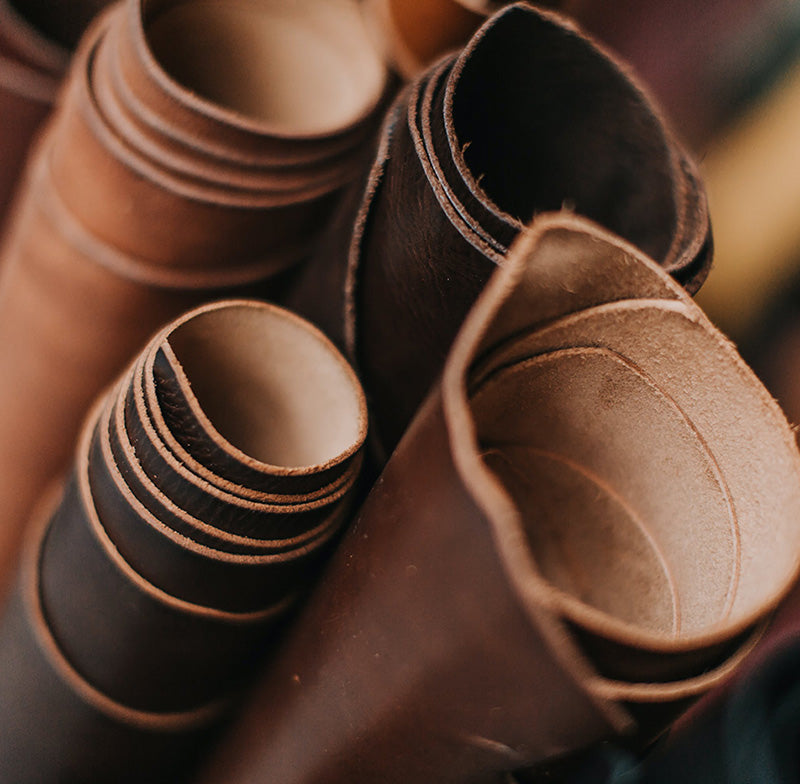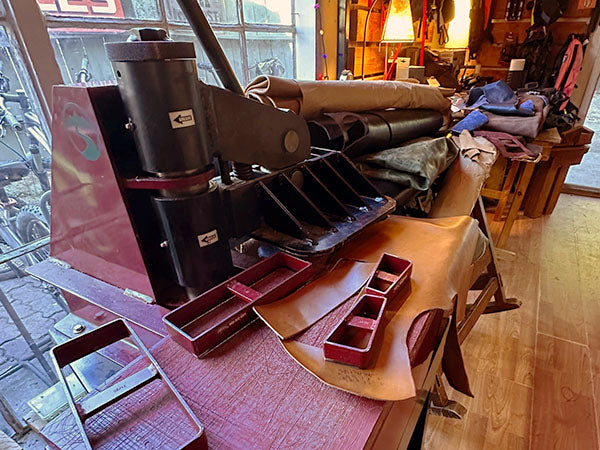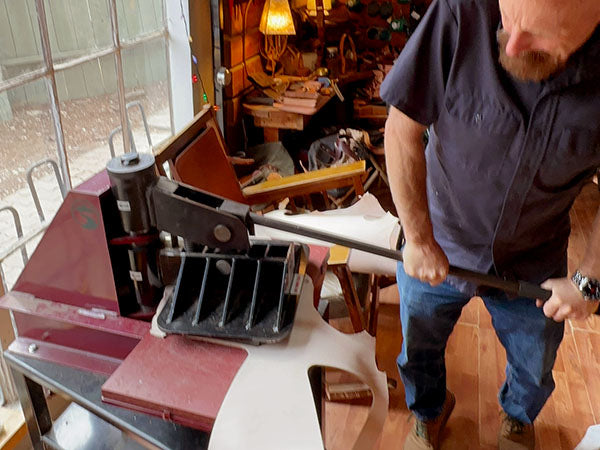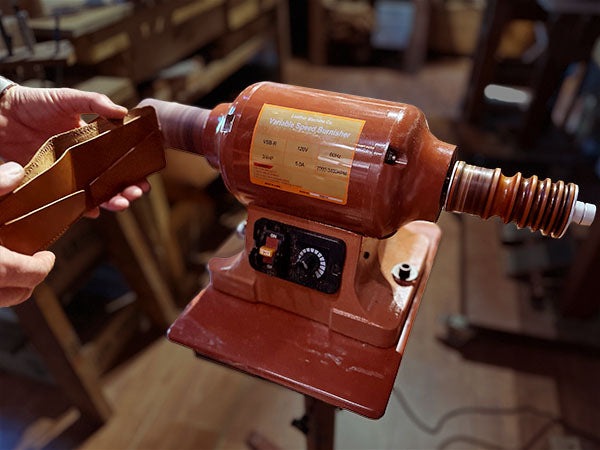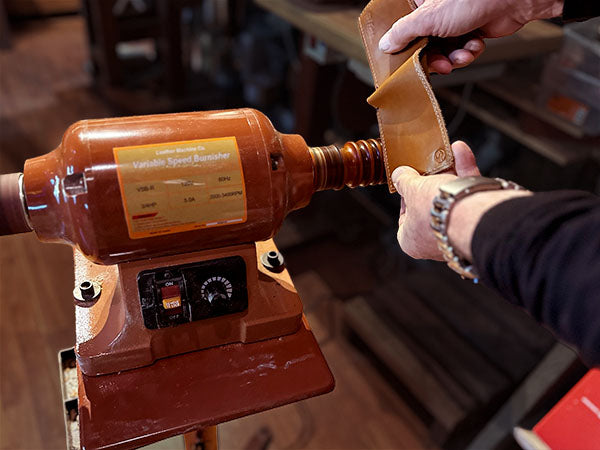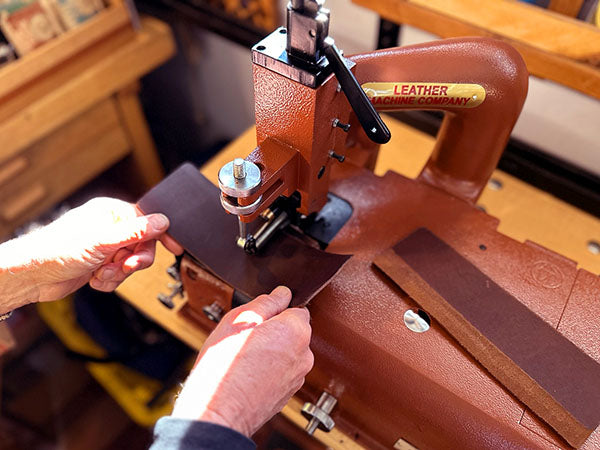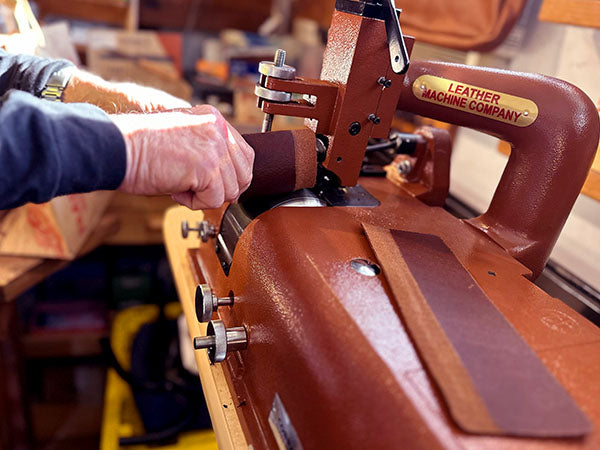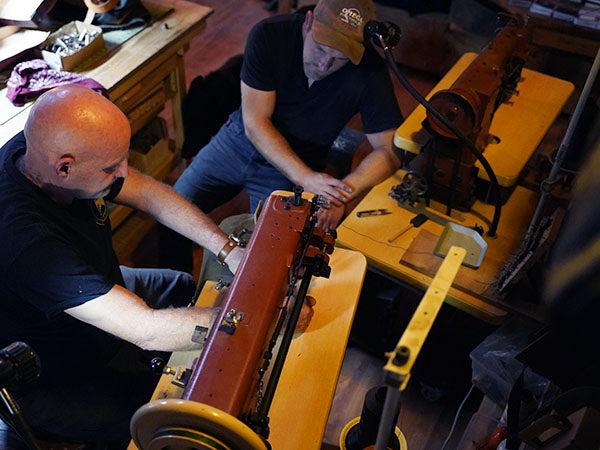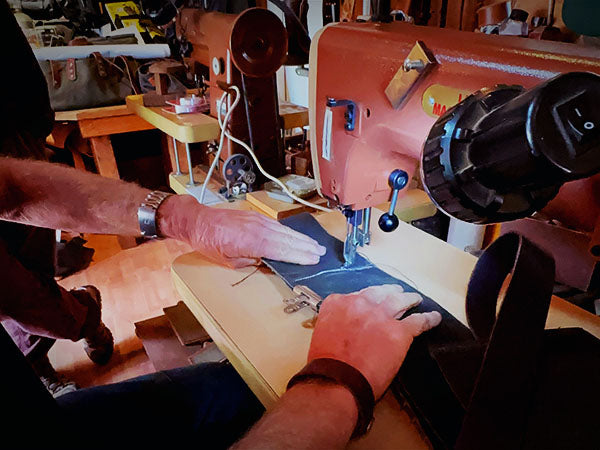What is leather?
Leather is a versatile material that comes from animal skin and processed by a tanner. The corium, the most important part of the skin and sits right below the hair roots, is composed of collagen fibers that are woven together to provide that special structure and characteristics leather is known for - strength, elasticity, and breathability.
Tanning is the process of chemically and biologically stabilizing the animal skin to transform it into leather. But first, the hair and epidermis layer on top have to be removed (liming), as well as the layer of flesh from underneath (fleshing), before tanning can begin.
Vegetable tanning is one of the common tanning methods which involves immersing the skin in a solution made from tree bark, twigs, leaves, and water. The choice of tanning material and chemical composition of the solution determine the quality, characteristics, and color of the leather. We like working with vegetable-tanned leather because of the distinct appeal, including its smell, texture, flexibility, and how it changes over time and use.





